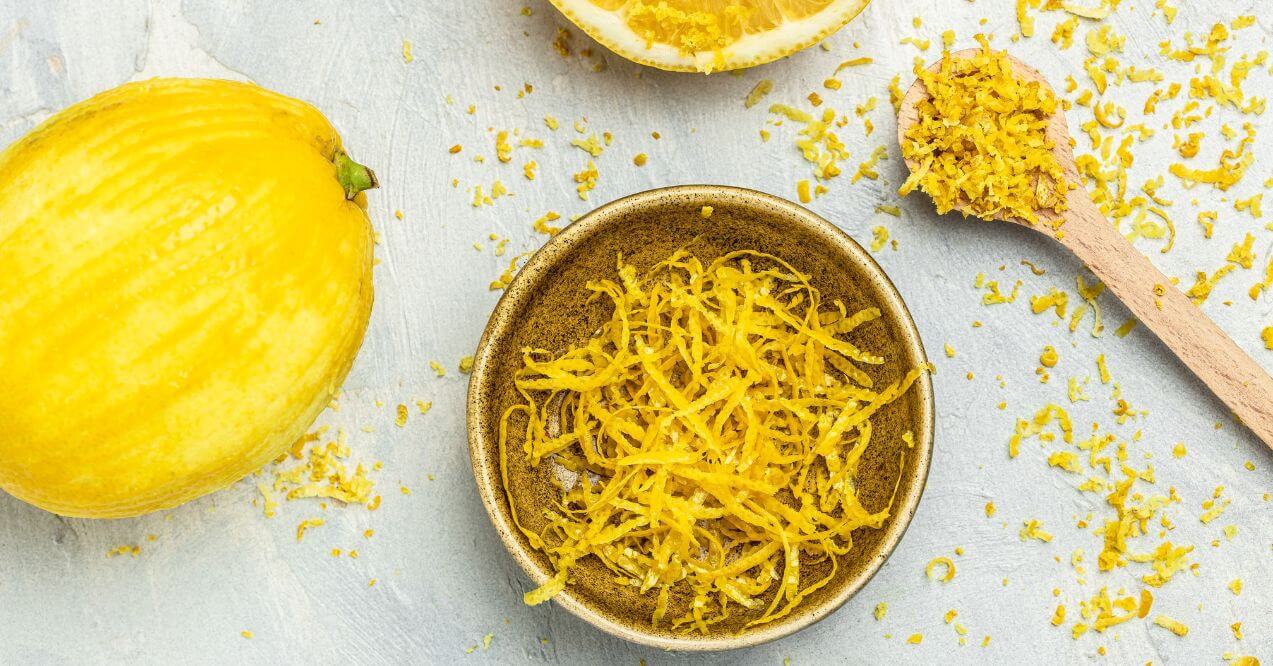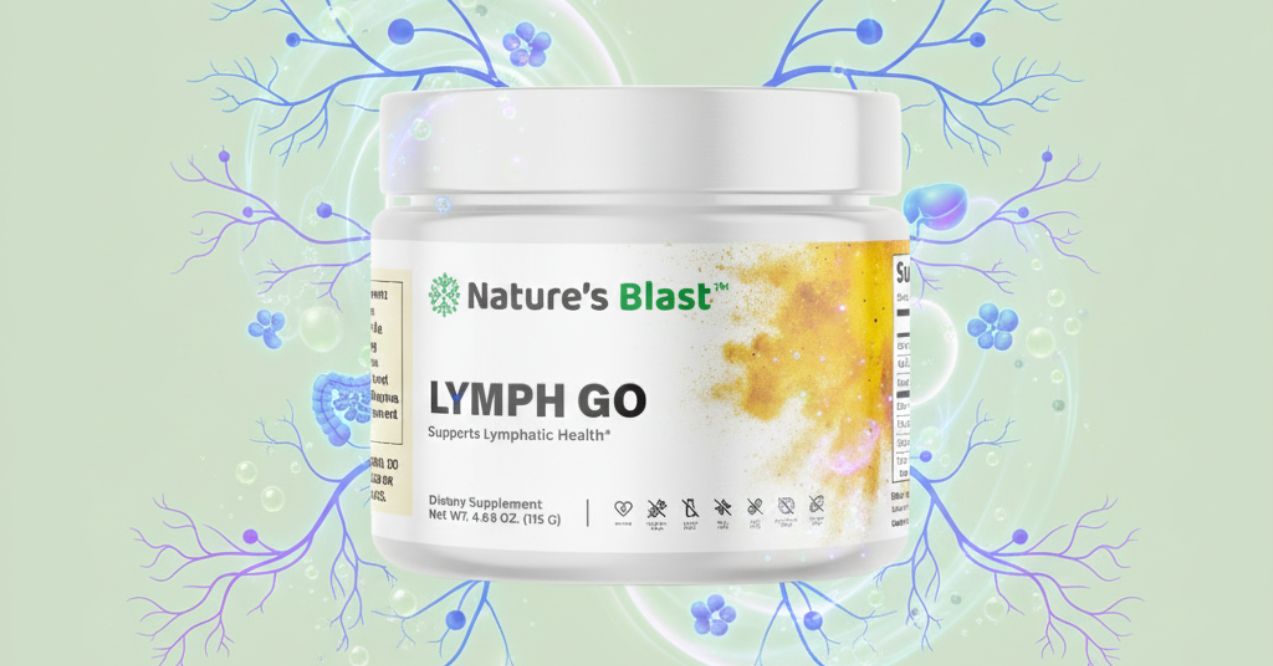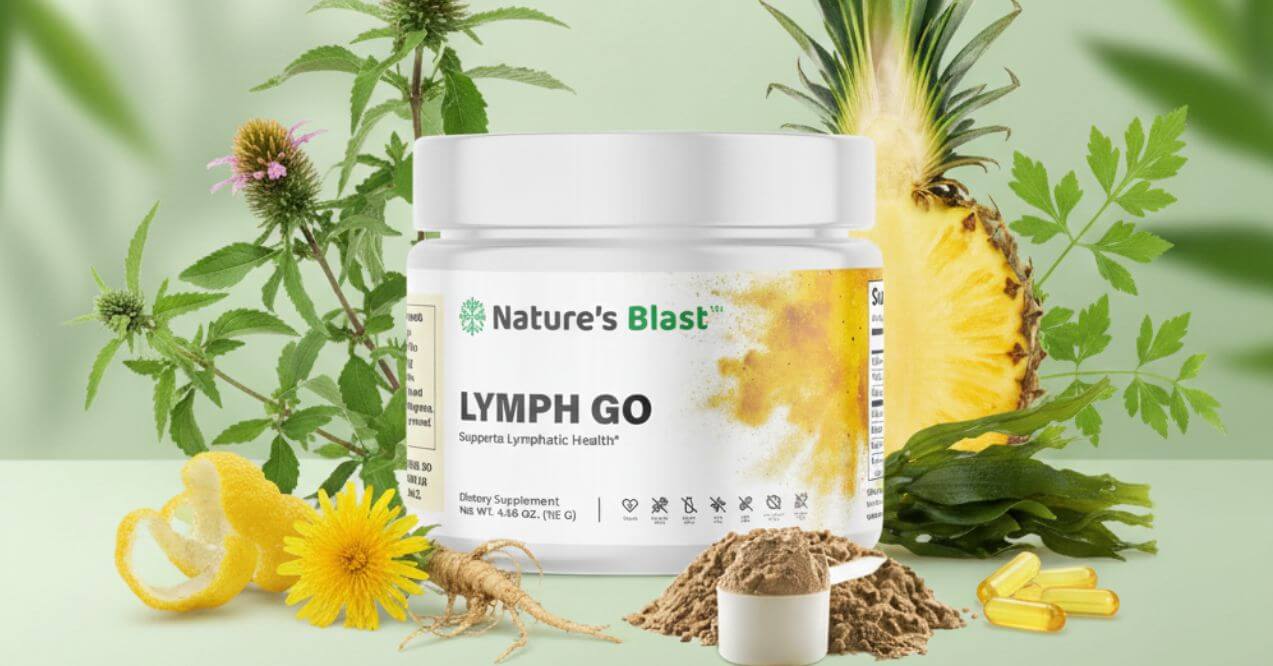Benefits of Lemon Peels to Help with Lymphatic Drainage
Medically reviewed by our experts


Lemon peels to help with lymphatic drainage offer a natural approach to supporting your body’s detoxification system. These nutrient-rich citrus rinds contain compounds that may assist fluid movement and waste removal. Adding them to your daily routine provides simple, accessible support for lymphatic health and overall wellness.
Lemon Peels and Their Nutritional Profile

Lemon peels pack a powerful nutritional punch that far exceeds the fruit’s juice. The yellow outer layer contains concentrated amounts of beneficial compounds that may support various bodily functions. Let’s explore the specific nutrients that make lemon peels to help with lymphatic drainage valuable.
Key Nutrients in Lemon Peels
The outer layer of lemons contains an impressive array of nutrients that surpass what’s found in the juice alone. Here’s a breakdown of the main compounds and their concentrations:
| Nutrient | Amount in Lemon Peel | Primary Benefits |
| Limonene | 70% of essential oils | May support detoxification, liver function |
| Vitamin C | 129mg per 100g | Antioxidant, immune support |
| Hesperidin | Up to 5% dry weight | May improve circulation, vessel health |
| Diosmin | 0.5-2% dry weight | Potentially supports lymphatic function |
| Pectin | 30% of peel weight | Digestive support, toxin binding |
| Calcium | 134mg per 100g | Bone health, cellular function |
| Potassium | 160mg per 100g | Fluid balance, circulation |
D-limonene specifically shows potential for supporting liver function and cellular health. A 2022 study found that d-limonene could upregulate miR-195, which inhibited the expression of lipogenic genes and supported detoxification pathways.
Vitamin C and Flavonoid Content
Vitamin C levels in lemon peels reach concentrations of 129mg per 100g, which is significantly higher than in lemon juice at 38.70mg per 100g. This essential nutrient supports immune function and acts as an antioxidant throughout the body. The peels also contain flavonoids, including hesperidin and diosmin, which may support healthy circulation.
Research has shown that orange peels contain 110.4 mg/100g of vitamin C and 83.3 mg of catechin equivalent/g of flavonoids, making citrus peels one of the richest dietary sources). This flavonoid may help strengthen blood vessel walls and support healthy inflammatory responses. Diosmin works alongside hesperidin to potentially improve venous tone and lymphatic function.
Fiber content in lemon peels provides additional digestive support, with pectin being the predominant type. This soluble fiber potentially aids in moving waste through the digestive system. The combination of these nutrients creates a synergistic effect that may support lymphatic fluid movement and overall detoxification pathways in the body.
How Lemon Peels Work to Help with Lymphatic Drainage

The compounds in lemon peels work through multiple pathways to potentially support lymphatic function. Their bioactive components may influence detoxification, circulation, and inflammatory responses throughout the body. Here’s how these mechanisms work together to support lymphatic drainage.
Some people also explore massage for added support, though it’s smart to ask are there lymphatic massage dangers? before combining it with other methods like dietary changes. Reading about lymphatic drainage massage before and after results can give perspective on what kinds of improvements people might notice when combining therapies with dietary changes.
Detoxifying Properties of Lemon Peel Compounds
The detoxifying properties of lemon peels stem from their rich antioxidant content, particularly limonene and vitamin C. These compounds may help neutralize free radicals and support the body’s natural cleansing mechanisms. When consumed regularly, lemon peels potentially assist in reducing the toxic load that the lymphatic system must process.
Research demonstrates that d-limonene activates phase I and phase II liver detoxification enzymes, which help process and eliminate toxins. This enzymatic support may reduce the burden on lymphatic vessels that transport cellular waste. The antioxidants also protect lymphatic tissues from oxidative stress that can impair their function.
Anti-Inflammatory Effects on Lymphatic Flow
Anti-inflammatory compounds in lemon peels, especially the flavonoids, may help reduce tissue inflammation that can impede lymphatic flow. Improved circulation often accompanies reduced inflammation, allowing lymphatic fluid to move more freely through vessels. This enhanced movement supports the system’s ability to filter and remove cellular waste.
Supporting Natural Detoxification Processes
The natural acids and enzymes in lemon peels may stimulate digestive processes, making lemon peels to help with lymphatic drainage a supportive choice for overall wellness. Better digestion can mean less burden on the lymphatic system, as it handles fewer unprocessed compounds. Regular consumption of lemon peels potentially creates an environment where lymphatic drainage occurs more efficiently, supporting the body’s natural detoxification rhythm.
Some people also turn to gentle herbal infusions as part of their wellness routine. For instance, learning how to make dandelion tea provides another simple, at-home option to encourage hydration and natural detoxification alongside lemon peels.
Supplementing Lemon Peels with Lymphatic Health Supplements
While lemon peels provide natural support, combining them with targeted supplements may enhance lymphatic health benefits. Red clover, ginger, and turmeric are commonly found ingredients that work synergistically with the compounds in lemon peels. These herbs contain their own anti-inflammatory and circulation-supporting properties.
Quality lymphatic drainage supplements often combine multiple botanicals to address different aspects of lymphatic function. Products such as Lymph Go blend traditional herbs with modern nutritional science to support healthy lymphatic drainage. The combination of dietary additions and supplementation may provide more comprehensive support than either approach alone.

Some people also explore modern options like red light therapy for lymphatic drainage, which may complement the internal support of botanicals by encouraging fluid movement externally.
Selecting and Storing Lemon Peels for Maximum Benefits
Choosing the Right Lemons
Organic lemons provide the safest option for consuming peels, as conventional lemons may contain pesticide residues. Look for firm, heavy lemons with bright yellow color and smooth skin. Thinner-skinned varieties often contain more aromatic oils in their peels, similar to those found in essential oils for lymphatic drainage that people use to support fluid movement naturally.
Meyer lemons offer sweeter peels with less bitterness, making them ideal for beginners. Eureka and Lisbon lemons provide more intense flavor and higher limonene content. Fresh lemons at room temperature release more oils when zested than cold ones from the refrigerator.
Proper Storage Methods
Fresh lemon peels maintain their potency when stored correctly. Whole lemons keep for up to four weeks in the refrigerator’s crisper drawer. Once zested, store the peel in an airtight container for up to three days in the refrigerator.
Freezing extends shelf life significantly while preserving beneficial compounds. Wash and dry lemons thoroughly before freezing whole or in pieces. Frozen zest maintains quality for up to six months when stored in airtight containers away from strong odors.
Dehydrating lemon peels offers another preservation method. Use a food dehydrator or low oven (150°F) until completely dry. Store dried peels in dark, airtight containers for up to one year, though fresh peels provide superior nutritional value.
How to Incorporate Lemon Peels Into Your Diet
Making lemon peels part of your daily routine doesn’t require complicated preparations or special equipment. Various methods allow you to enjoy their benefits while fitting seamlessly into your existing habits. These practical approaches ensure consistent intake for optimal lymphatic support.
Making Lemon Peel Tea for Lymphatic Support

Creating lemon peel tea offers another simple incorporation method. Follow these step-by-step instructions:
- Wash 2-3 organic lemons thoroughly under running water
- Using a vegetable peeler, remove only the yellow part of the peel in long strips
- Place peels in a teapot or heat-resistant container
- Pour 2 cups of boiling water over the peels
- Cover and steep for 5-10 minutes
- Strain the tea into your cup
- Add raw honey for taste if desired (optional)
Fresh peels release more beneficial compounds than dried versions, though both provide value. Combining lemon peel tea with ginger or turmeric may enhance anti-inflammatory benefits. Drinking this tea first thing in the morning potentially supports lymphatic activity throughout the day.
Lemon Peel Smoothie Recipes

Smoothies provide an excellent vehicle for consuming whole lemon peels, as blending breaks down the tough texture. Start with small amounts, about one-quarter of a peel per smoothie, and increase gradually. Frozen lemon peel pieces work particularly well in smoothies and can be prepared in batches for convenience.
Pairing lemon peels with berries, leafy greens, and healthy fats creates nutrient-dense combinations. The fiber in whole peels slows sugar absorption while providing prebiotic benefits. Adding a small piece of fresh ginger or turmeric root amplifies the lymphatic support potential of your smoothie.
Other Health Benefits of Lemon Peels
While lymphatic support remains a primary benefit, lemon peels offer additional wellness advantages worth considering. These versatile citrus rinds influence multiple body systems through their diverse nutrient profile. Exploring these benefits reveals why lemon peels deserve a regular place in your wellness routine.
Digestive and Metabolic Support
Beyond lymphatic support, lemon peels offer numerous wellness benefits that contribute to overall health. The high fiber content supports digestive regularity and may help maintain healthy cholesterol levels. Learning about worst foods for lymphatic system becomes easier when you focus on adding beneficial foods rather than just avoiding problematic ones.
Pectin fiber in lemon peels acts as a prebiotic that is fermented by beneficial microbiota mainly in the large intestine, generating short-chain fatty acids including acetate, propionate, and butyrate. This soluble fiber may also help stabilize blood sugar levels by slowing carbohydrate absorption. The d-limonene content potentially supports healthy bile flow, which aids in fat digestion and toxin elimination.
Another area where lemon peels may offer indirect support is skin health. When the lymphatic system becomes sluggish, some people notice breakouts or lymphatic acne linked to poor detoxification and fluid buildup. Supporting lymphatic drainage through diet and lifestyle may help reduce this type of skin congestion over time.
Immune System and Oral Health Benefits
Natural compounds in lemon peels may support oral health through their antimicrobial properties. Some people notice fresher breath and healthier gums when regularly consuming lemon peels. Additionally, exploring whether allergies cause swollen lymph nodes helps you recognize how supporting lymphatic health through diet may assist during allergy seasons.
The vitamin C and flavonoids in lemon peels support immune cell function and antibody production. Regular intake may help maintain healthy inflammatory responses during seasonal challenges. The antimicrobial properties of limonene and citric acid create an environment less favorable to harmful bacteria in the mouth and digestive tract.
Conclusion
Lemon peels to help with lymphatic drainage provide an accessible, natural approach to supporting your body’s detoxification systems. Their rich nutrient profile offers multiple pathways for wellness support. Start incorporating these powerful citrus rinds today through teas, zesting, or smoothies to experience their potential benefits firsthand.
Yes, lemons may support lymphatic drainage through their vitamin C and limonene content. These compounds potentially assist circulation and natural detoxification processes. The peels contain higher concentrations of beneficial nutrients than juice alone.
Red clover stands out as a traditionally used herb for lymphatic support, along with cleavers and calendula. Each herb offers unique properties that may assist lymphatic function. Combining herbs often provides more comprehensive support than single ingredients.
Natural lymph movement occurs through hydration, gentle exercise, and consuming supportive foods. Dry brushing, deep breathing, and avoiding processed foods may help. Regular movement keeps lymph fluid circulating efficiently throughout your body’s natural pathways.
FAQ
References



